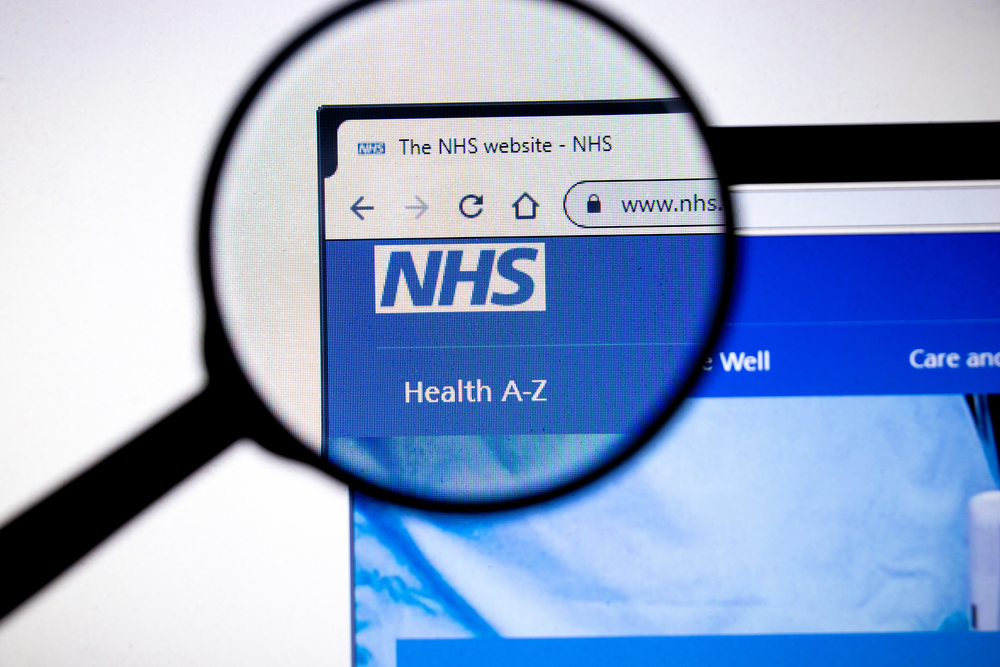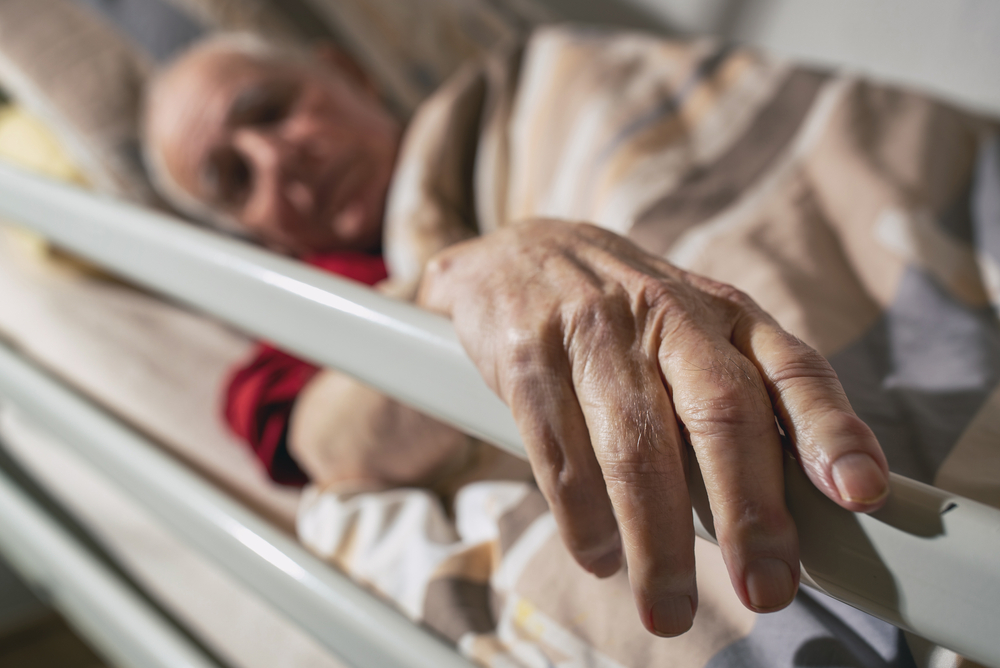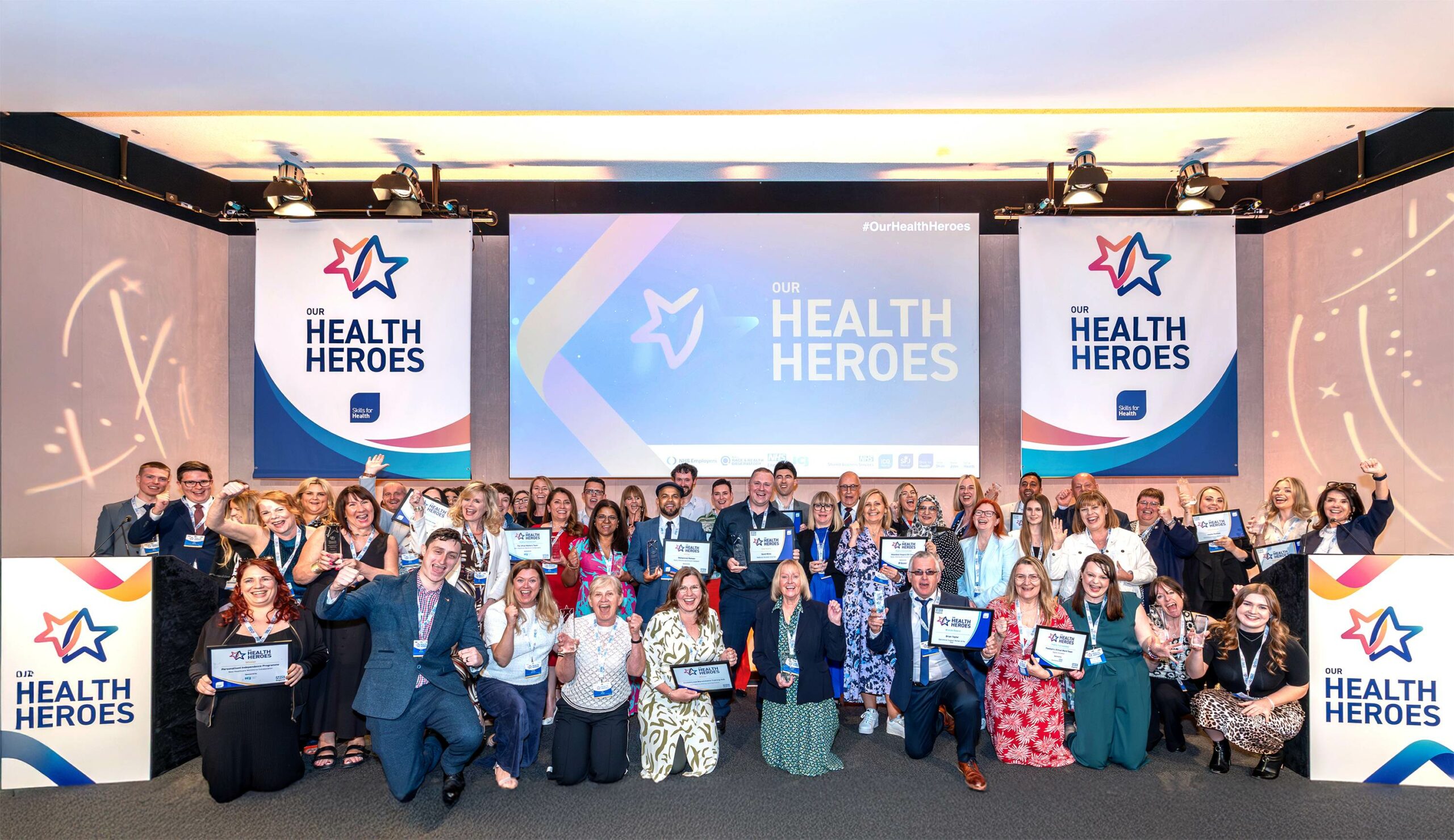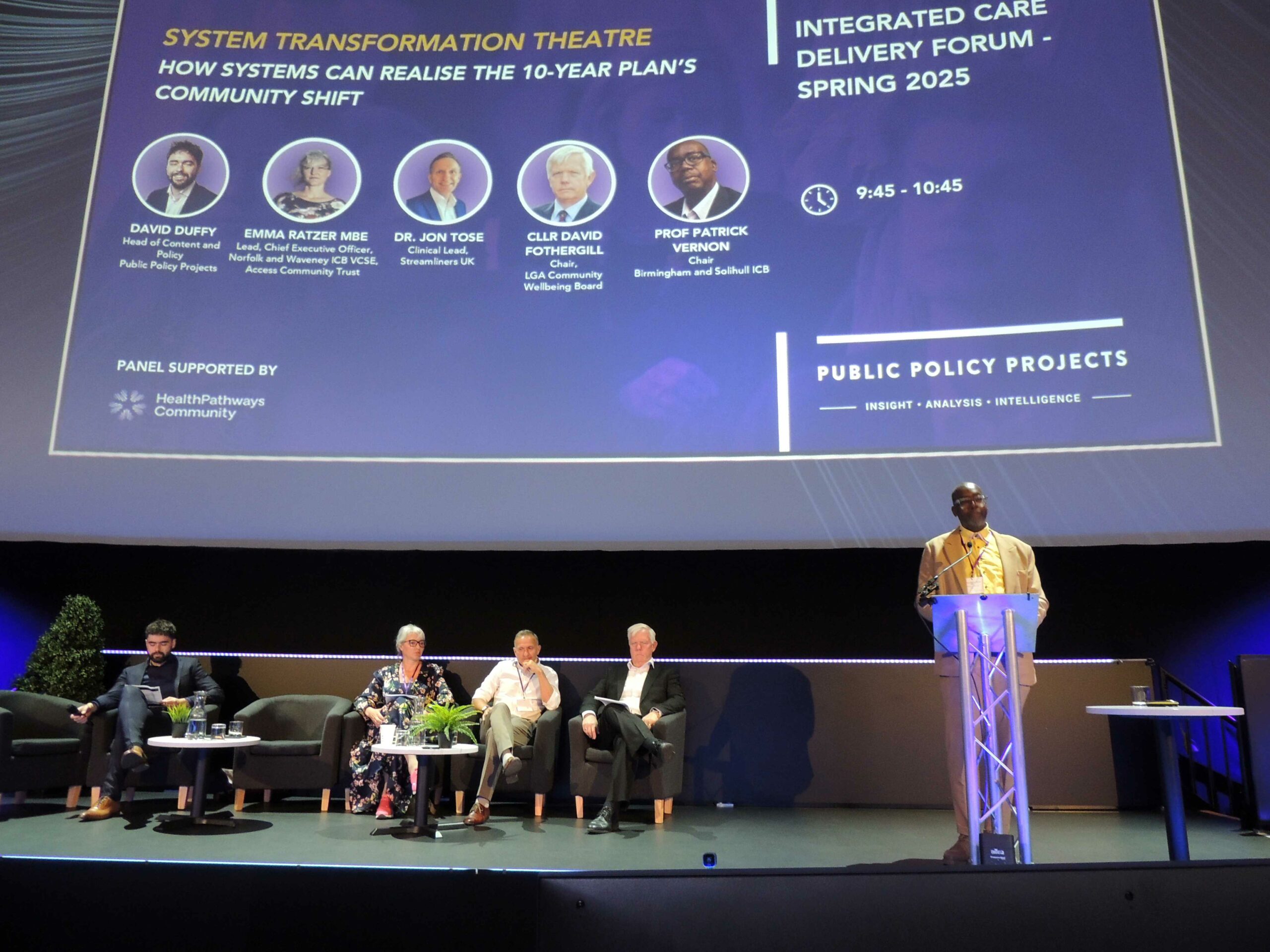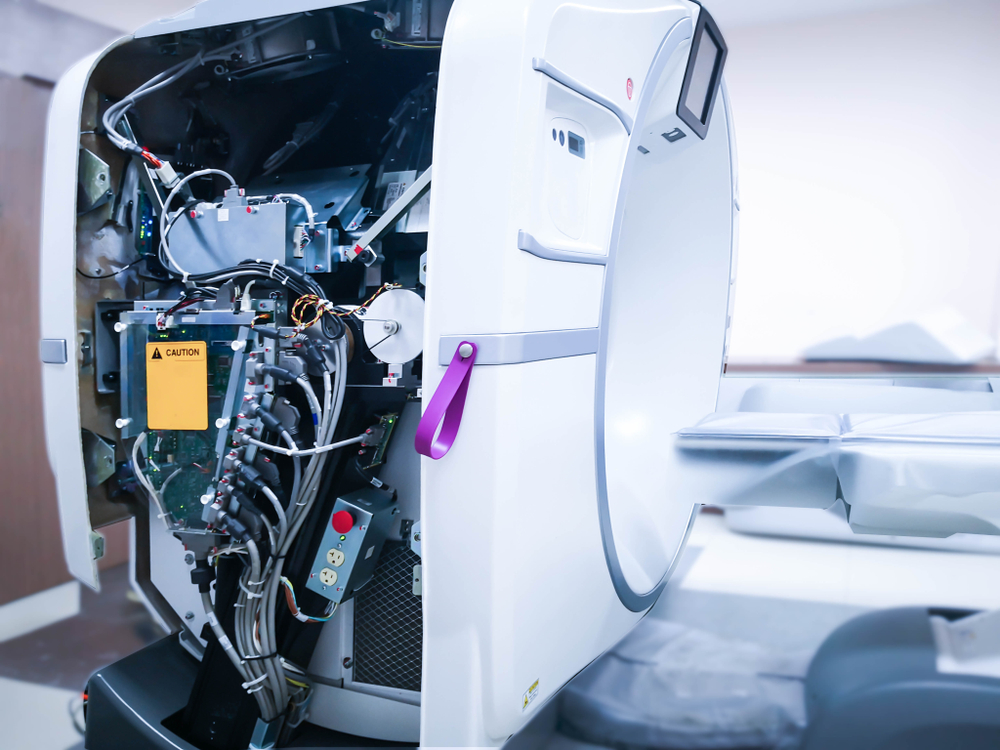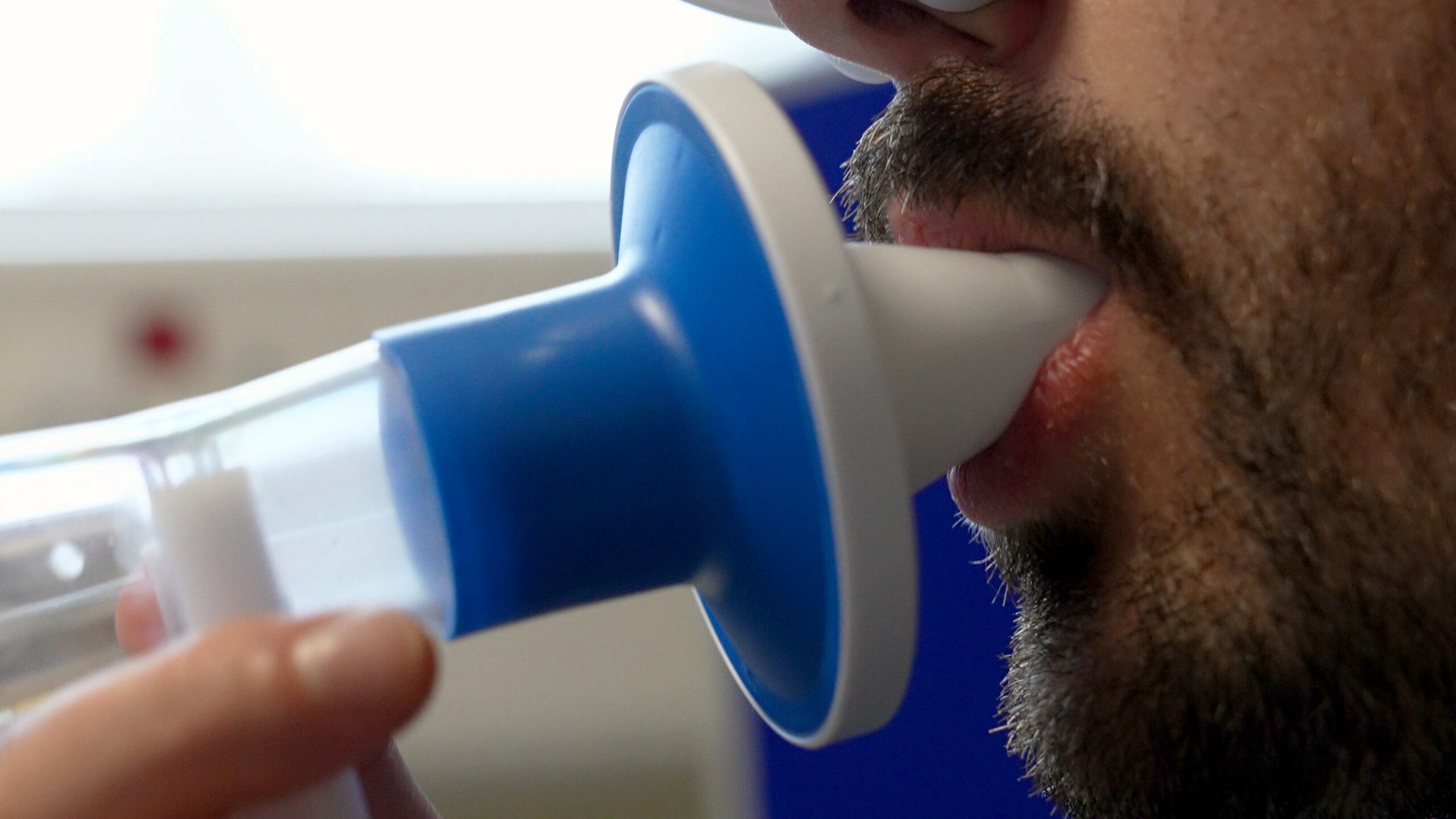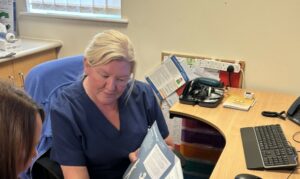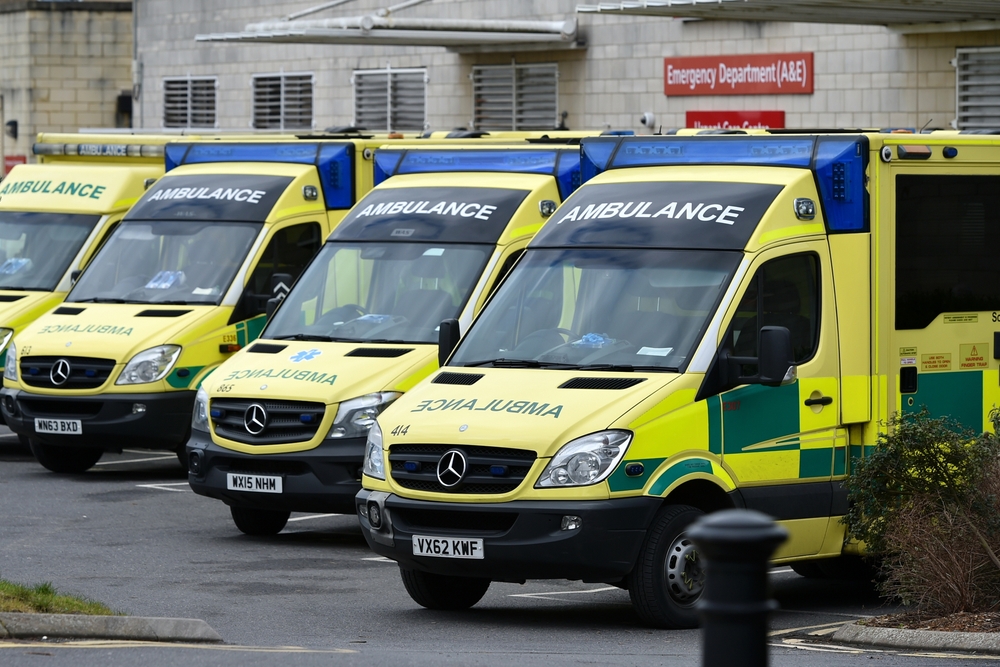A new report from SignHealth finds that the NHS is potentially flouting equality law, leading to serious failings that have left deaf people and people with hearing loss in the dark about their own health.
A new report from leading charities, the Royal National Institute for Deaf People (RNID) and SignHealth, has revealed serious and potentially widespread failings affecting the more than six million adults in England who are deaf or have hearing loss.
As part of the report, Still Ignored: The Fight For Accessible Healthcare, the charities surveyed 1,114 people who are deaf or have hearing loss and live in England, to better understand their experiences in accessing and receiving NHS healthcare. A survey of patient-facing professionals working in NHS healthcare settings in England was also conducted by Censuswide on behalf of RNID.
It reveals that 7 out of 10 (70 per cent) deaf people and people with hearing loss have never been asked about their information and communication needs when accessing NHS care – something that all healthcare providers should offer under the NHS Accessible Information Standard (AIS), a legal document setting out patients’ rights under the Equality Act.**
Health services like the NHS, as well as social care services across England, are required by law to offer extra support if people with hearing loss struggle when accessing services. For example, being provided with an accessible alternative to the telephone to be able to book appointments or receive test results, or communication support, such as a qualified British Sign Language (BSL) interpreter to ensure they can understand appointments and procedures.
According to RNID, more than 6 million adults in England have hearing loss severe enough that they would have difficulty in noisy environments, while an estimated 1 million would not be able to hear most conversational speech. More than half of the UK population aged 55 or over have hearing loss, while there are approximately 73,000 deaf users of BSL
Philippa Wynne, Director of Engagement at SignHealth, said: “This report has confirmed what our community has known for a long time: the NHS is not working for deaf people.
“Every day the health of deaf people is put at risk because their right to accessible information is being ignored. This is not good enough. It must stop. And it must stop now.”
Lack of communication support harming patients
The report makes clear the impact that a lack of communication support is having on deaf people and those with hearing loss across the NHS. Findings include:
- Almost 1 in 10 have avoided calling an ambulance or attending A&E
- 1 in 4 have avoided seeking help for a new health concern
- 1 in 7 say a health problem they were experiencing was made worse
- 1 in 7 felt that their health was put at risk
Even when people are asked about their communication needs, too few receive the support they ask for. Of those who indicated they need a communication support professional to be present during an appointment (e.g. a BSL interpreter or lipspeaker), only 7 per cent said this is always provided for them.
More than half (54 per cent) of people who are deaf or have hearing loss have had to rely on either a partner, family member, or friend to relay information or interpret for them at a healthcare appointment, effectively removing their right to privacy and dignity in their own healthcare.
People who have been denied the basic information and communication support they need say it has resulted in situations such as:
- Giving up trying to make an appointment (47 per cent) or missing an appointment (21 per cent)
- A delayed or incorrect diagnosis (23 per cent)
- Failure to understand their diagnosis (33 per cent), the outcome of their appointment (33 per cent) or how to take medication or treatment prescribed (25 per cent)
- Almost half felt it has resulted in them not getting the follow-up care they need (44 per cent)
The consequences are particularly felt by those who use sign language and those who require a communication support professional – around half of sign language users (48 per cent) report not understanding their diagnosis or how to take medication/treatment given (47 per cent).
These failures are leading to dangerous and devastating consequences. One example cited in the report is of a woman who, owing to a lack of interpreter support, was left unaware that she had suffered a miscarriage.
The patient said: “I went into A&E for blood loss but no interpreters turned up after asking several times. I went through so many tests and wasn’t sure what it was all about. I was given medication, but I refused because I didn’t know why I needed them. The staff seemed gobsmacked, so I took it and was not sure how serious it was. The next thing a nurse took me into a bereavement room and sat me down with a leaflet that said ‘miscarriages’. I was in shock. They had not explained what the test was for. It was a massive misunderstanding and lack of communication.”
A further example includes a patient who did not receive any food or water during a hospital stay as they could not hear staff offering them.
The failure to provide adequate communication support is also feeding, and directly impacting, complaints procedures for deaf patients and those with hearing loss. Nearly 1 in 5 patients (19 per cent) reported that they have made a complaint to a healthcare provider about their information and communication needs not being met. A further 37 per cent said that they had a good reason to complain but have not pursued it, usually because they felt it would not change anything or lead to change.
NHS staff need more support
The report clearly shows that the NHS Accessible Information Standard (AIS) is not being met across England; awareness is low among NHS staff, with one third (32 per cent) saying they are unaware of the AIS. Only a quarter (24 per cent) of NHS staff say they can always meet the information and communication needs of patients who are deaf or have hearing loss.
NHS staff who do not feel confident that they can always meet patient needs face four main barriers: a lack of training (34 per cent), a lack of time or capacity in workload (32 per cent), a lack of standardised processes (31 per cent) and a lack of functionality of IT systems (30 per cent).
Crystal Rolfe, Director of Health at RNID, commented: “Imagine not being able to understand a cancer diagnosis, or having to rely on a family member to tell you that you’re seriously ill or even dying. The horrifying truth is that too many deaf people in England today don’t have to imagine it – it’s happening to them in real life.”
“The NHS is systematically discriminating against people who are deaf or have hearing loss: it’s a national scandal. It is not acceptable that deaf people and those with hearing loss are being routinely failed by an NHS that neglects their communication needs. Lives are being put at risk because of communication barriers, delays and out of date systems that are not fit for purpose.
“It is time to give deaf people more access and control over their physical and mental healthcare. We are calling on Ministers to bring NHS accessibility into the 21st century. The government needs to urgently address these issues, make staff training mandatory and overhaul current NHS systems, so that everyone can access their own health information in a way that makes sense – equal access to healthcare is a human right.”
Calls for urgent government action
RNID and SignHealth are calling for major changes to ensure the NHS meets the needs of deaf people and those with hearing loss. Key recommendations include:
- DHSC (Department of Health and Social Care) to ensure that work to improve the NHS Accessible Information Standard (AIS) is properly resourced and prioritised, and lead on a transformation plan to ensure that people with communication needs can access the healthcare they need
- Mandatory training for NHS staff in deaf awareness, as well as the AIS
- The AIS to be made legally enforceable for the NHS, through the strengthening of legislation on NHS information standards
Finally, the report suggests that people with lived experience of communication needs should be at the heart of plans for change.
Philippa Wynne, Director of Engagement at SignHealth, added: “This report shows that serious diagnoses or instructions for taking medication are given without an interpreter present or provided only in English rather than BSL. This is not just dangerous; it is life-threatening. People have died because of inaccessible information and healthcare. These are not statistics – they are real people.
“In 2021, our survey showed that the AIS was not working properly for deaf people. Sadly, four years later nothing has changed. The evidence suggests that deaf people’s health is getting worse, with 88 per cent saying lack of accessible communication affects their mental health and 82 per cent saying it impacts their physical health.
“Deaf people’s health cannot be ignored any longer. Patients are being misdiagnosed. Lives are being put at risk. And, yes, people are dying. Enough is enough. The NHS must provide better access, and they must do this now.”
You can read the full report here.
Below is a selection of quotes from the report, detailing the lived experience of deaf people and those with hearing loss in accessing and receiving NHS care:
Kate Boddy is the child of a deaf adult (CODA) and was required to act as an interpreter for her own father, Richard Boddy, during a series of medical appointments, as communication support was either unavailable, haphazard, or actively denied. The impact for Kate, her father, and her wider family, was devastating. She said:
“Dad Face-Timed me in a panic and just said ‘I can’t see. Everything is black.’ I drove him to a hospital which has an A&E especially for eyes – but no interpreter. They did lots of tests and at the end of the day they said to me: ‘can you tell your dad he’s got cancer?’ So I told him. We went home in complete shock.”
Dr Natasha Wilcock is a deaf doctor who works in palliative care. She shared her experiences: “Legally, professionally and ethically, deaf insight training should be compulsory for all doctors. Right now, the experiences of deaf people and people with hearing loss are shocking. I have met patients who have been referred to palliative care services who have not understood that they will no longer be receiving cancer treatment – they haven’t understood that they are dying.”
Suffolk-based Pip Lee, a hearing aid user and lipreader, said: “It came to my appointment time and my pager hadn’t buzzed, so I sat tight. I vaguely heard someone shouting, and when I looked up everyone was looking at me. I waved at the shouting nurse, and it turned out she had been calling out my name. I explained that my pager hadn’t buzzed, and she apologised, repeating what the receptionist had told me; that nobody knew how to use the pagers, even though they’re really simple.
“But the situation got worse when I went in to see the consultant. He refused to take off his facemask, so I couldn’t hear anything he was saying. He picked up his iPad to use the speech-to-text function, but the text it produced was gobbledygook. I left only knowing that I would need an MRI of my brain, but when the post-appointment letter came, I was shocked to read it was to look for a possible tumour associated with my hearing loss and tinnitus. Because the medical staff did not meet my communication needs, I missed that important information. Thankfully I didn’t have a tumour, but the experience was up there as one of the most stressful, frustrating and patronising appointments I’d ever had.”

